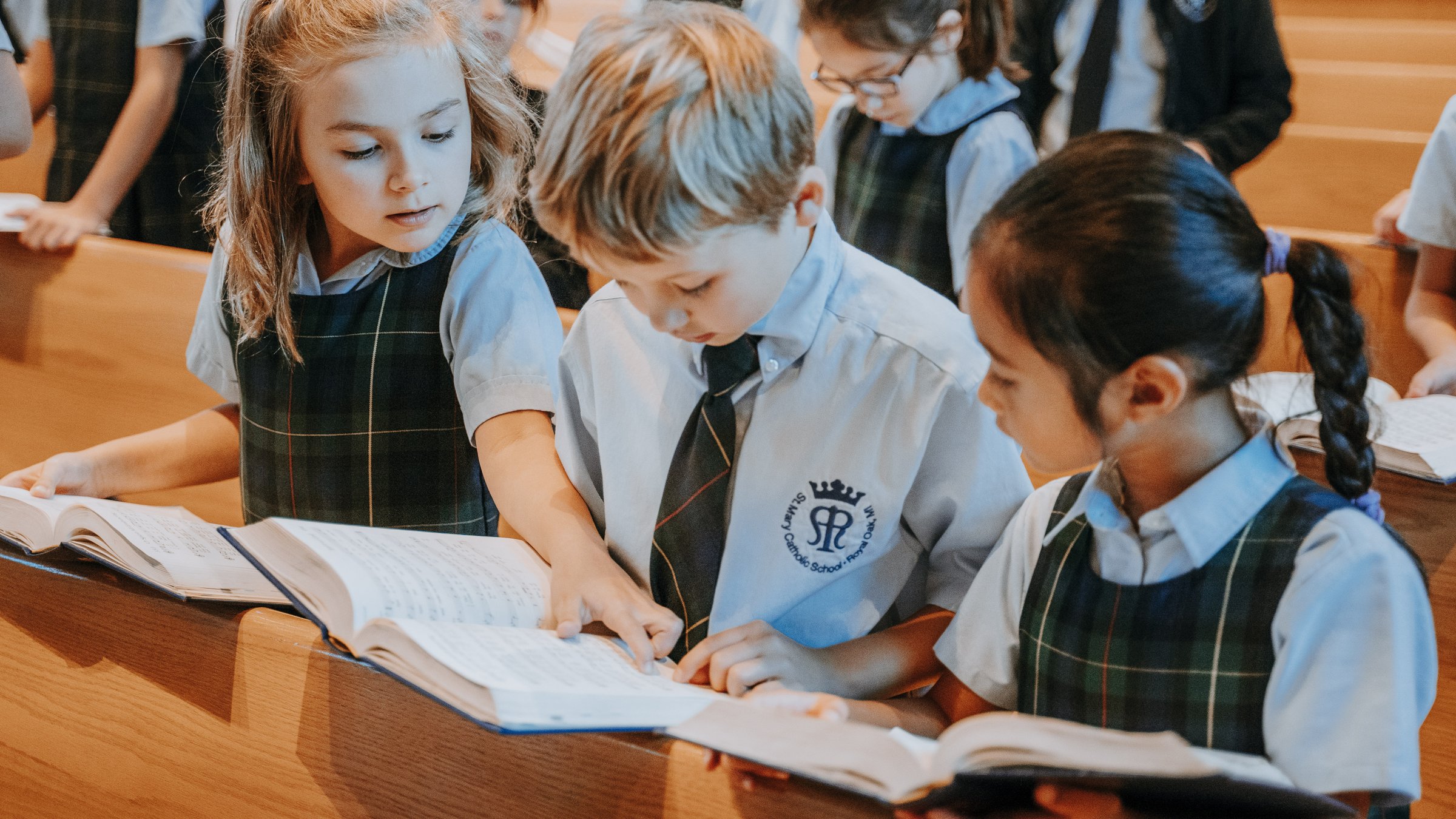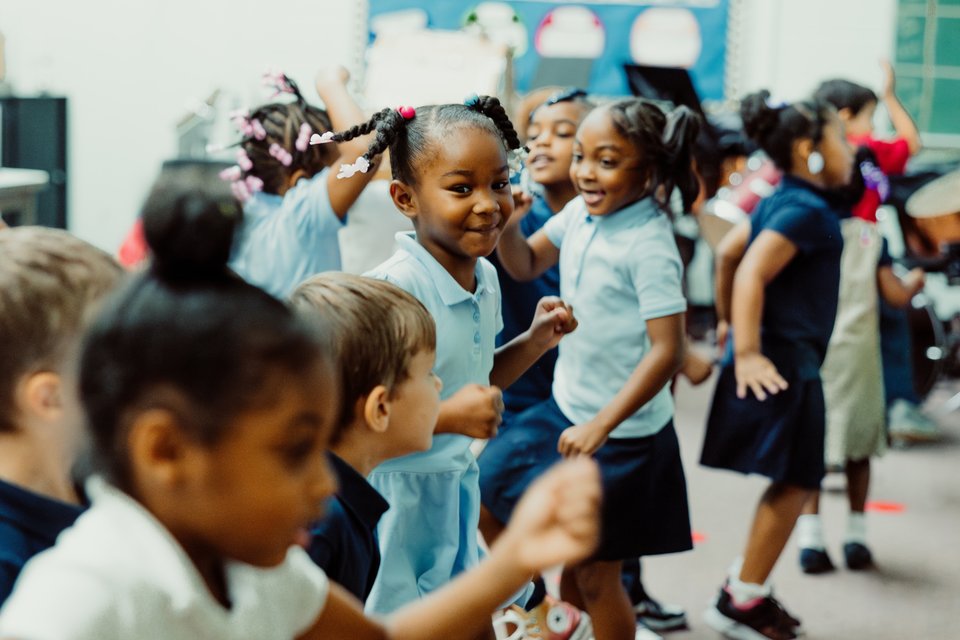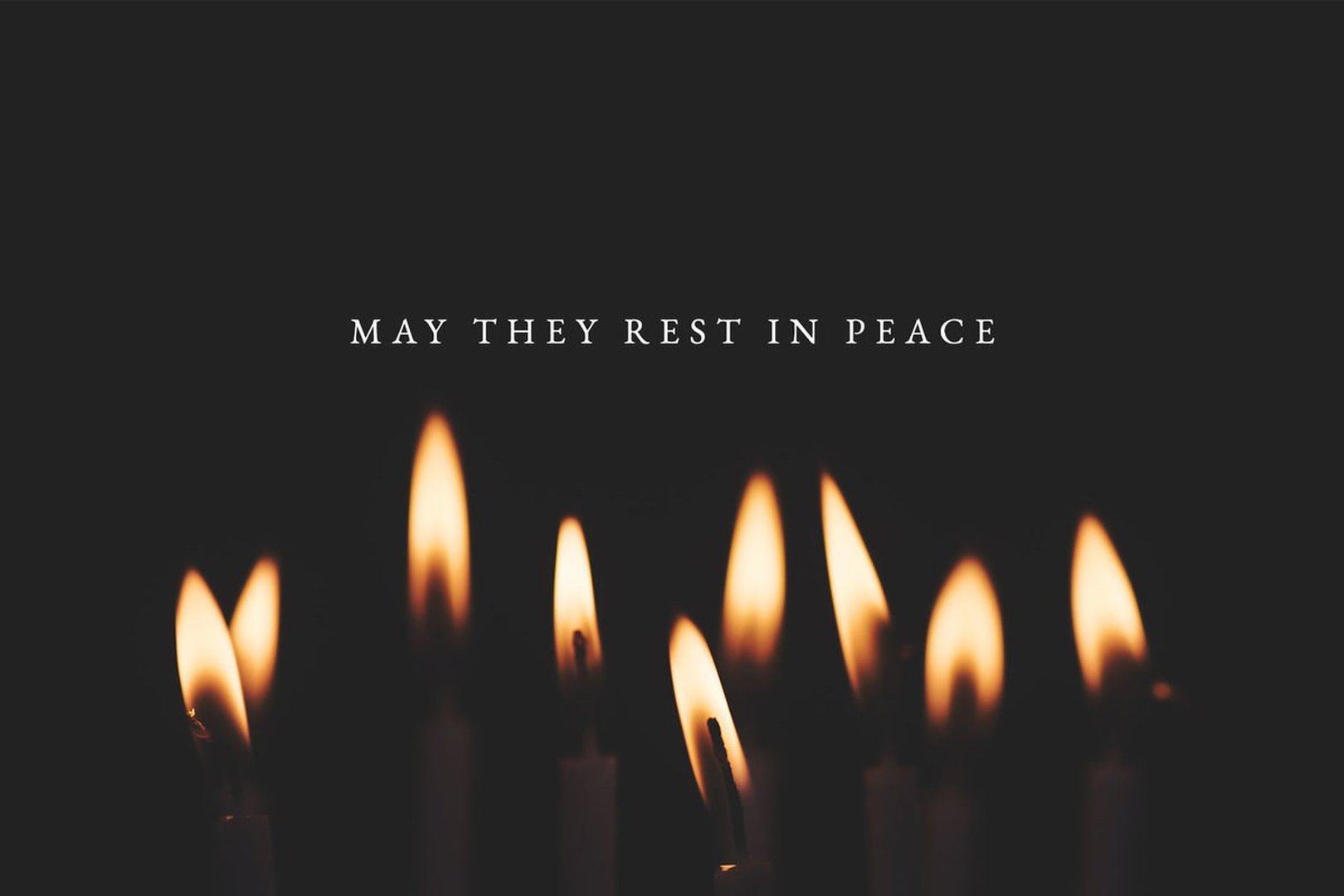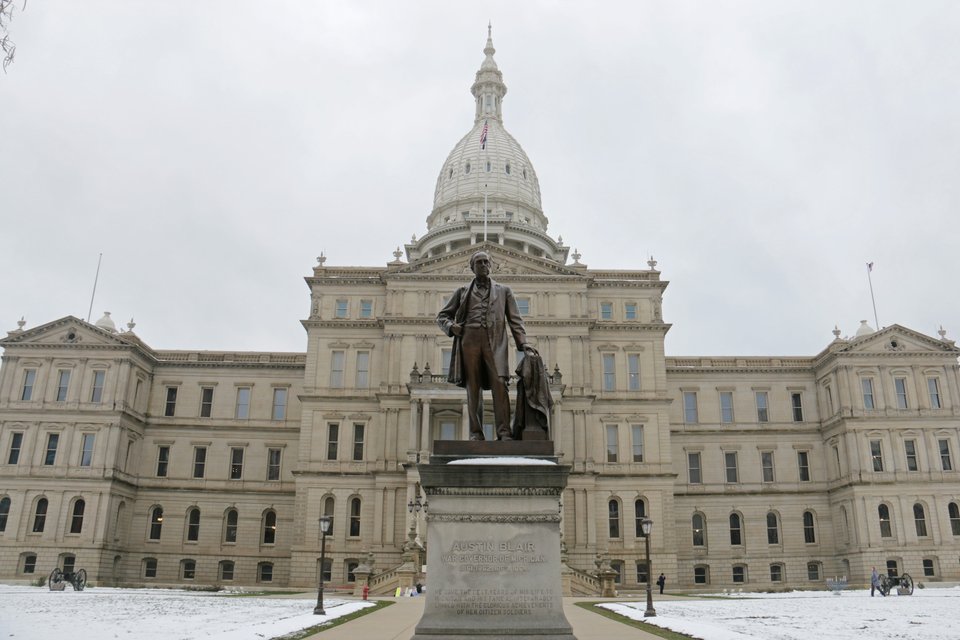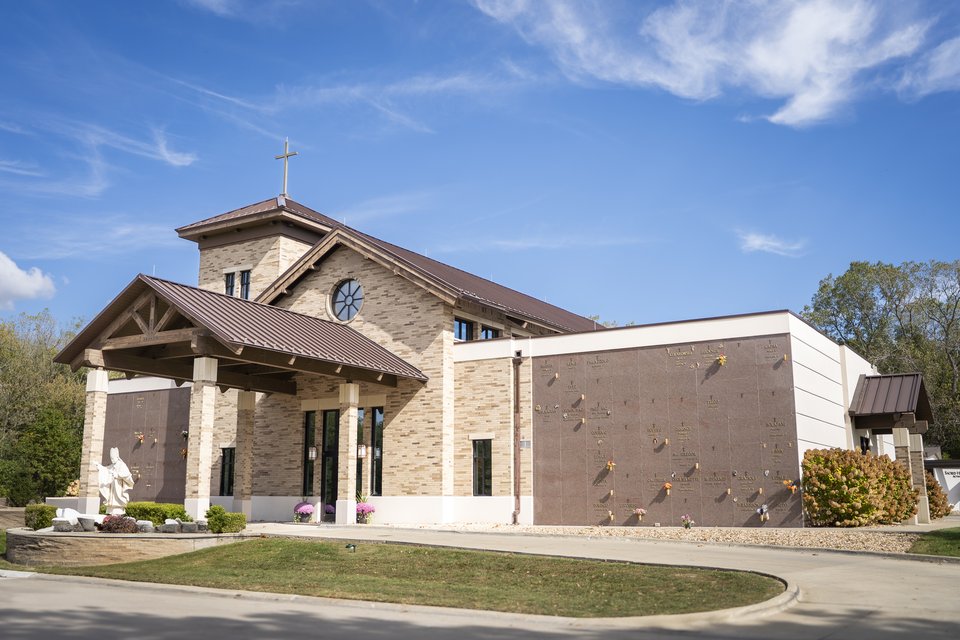Test scores improved in 2021-22 academic year as teachers incorporate new students into the classroom from area public schools
DETROIT — Enrollment in Archdiocese of Detroit schools is holding steady for the 2022-23 academic year, one year after Catholic school officials said the archdiocese saw a “COVID bump.”
The Archdiocese of Detroit's Office of Catholic Schools reported a 15-student increase across 80 diocesan and independent Catholic schools in southeast Michigan.
The minor increase comes after a 1,894-student increase from the 2020-21 academic year to the 2021-22 academic year.
More families explored Catholic schools as public schools were still operating with remote learning during the COVID-19 pandemic, but the new enrollment figures show families are staying with Catholic schools, said Deacon Sean Costello, superintendent of Catholic schools for the Archdiocese of Detroit.
“What is unique is we are seeing those families have stayed; it’s not just a bump,” Deacon Costello told Detroit Catholic. “Those families who came to us during COVID have found a home. They have found a place where they feel their child is thriving and getting the best education possible.”
There are 27,167 students attending Catholic schools in the Archdiocese of Detroit this year, virtually the same number who attended in 2021-22. The figures represent a 7 percent increase from the 25,273 that attended in 2020-21, when many public schools were engaged in remote learning for much longer than Catholic schools.

“Many families who never experienced Catholic schools before came to us because they weren’t satisfied with what their options were in their home districts,” Deacon Costello said. “They were stepping outside of themselves and looking for a better option for their kids.”
Deacon Costello credits the principals and teachers at Catholic schools for retaining families who came to Catholic schools because of in-person classroom learning and stayed because of what was being learned in the classroom.
“We didn’t know if they were coming for this time, and when things got back to normal, they would go back to their previous communities,” Deacon Costello said. “But the reality is when they came back to a normal school experience (in a Catholic school), it was meaningful to them that they were becoming disciples of Christ and finding academic excellence.”
Schools that have seen significant enrollment increases over the past two years include Holy Cross School in Marine City, which has seen a 42 percent increase from 92 students to 131; Our Lady of the Lakes Elementary in Waterford, which has seen a 59 percent increase from 195 to 311; and St. Fabian School in Farmington Hills, which has seen a 46 percent increase from 225 to 328.
Courtney Nixon, principal of St. Fabian School, said 85 to 95 percent of new families who came to the school for in-person learning have chosen to stay.

"At a certain point, this is not just a COVID bump, so we started asking parents, 'Why are you choosing to stay?'" Nixon said. "A lot of them said they thought they were only going to be here for a year, but when we came to your school, we saw what we were missing. We saw you have a great community, we saw you have high standards for academics. We saw it's a great, faith-filled space for everyday learning that makes a difference in their entire lives, not just one hour on Sunday."
Nixon credits the teachers at St. Fabian for incorporating public school students into the St. Fabian environment, many of whom were Catholic, but perhaps not used to Catholic school academic standards.
"Anytime we accept students, even when we want more students, we have always maintained the integrity of our school community with academics and faith," Nixon said. "When any student comes in, there is a process with interviews and assessments, because we want students to feel comfortable and confident. There are some students that might not be used to homework, but kids are very flexible and very quickly we see these students are very adaptable. They are more than capable as any student, if they put in the time and effort, they are just fine."
Enrollment figures continue to hold steady at a time when population trends continue to stagnate in southeast Michigan.
The combined populations of Wayne, Oakland, Macomb, Monroe, St. Clair, and Lapeer counties — the six counties that make up the Archdiocese of Detroit — grew from 4,267,304 to 4,352,984, a 2 percent growth in population over the past decade, while the nation grew 6.3 percent.
“If you look at populations around the Archdiocese of Detroit, you’ll find many school districts had to make cuts because they have fewer children,” Deacon Costello said. “You see dwindling numbers at some public schools over the course of 20 years. But in the archdiocese as a whole, we have leveled off and seen a slight increase.”
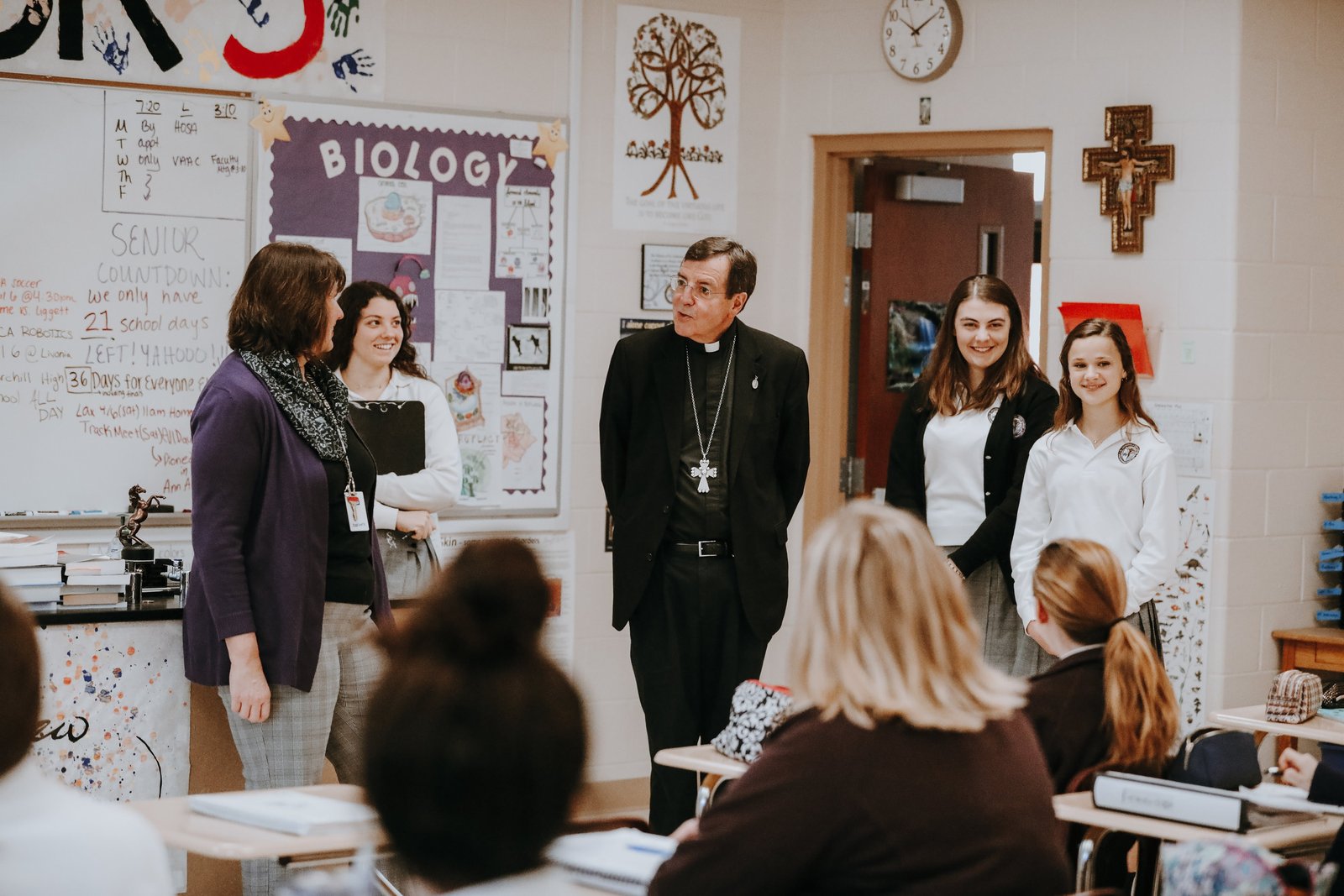
Deacon Costello said he is working with Archbishop Allen H. Vigneron’s cabinet and the Catholic Schools Council on a three-pronged focus on the needs of Catholic schools in the future, from safeguarding the schools’ Catholic identity to updating curricula and making sure schools are financially viable so every family who wants to send their child to a Catholic school will be able to do so.
In order to achieve this, Deacon Costello said, word of mouth about the excellence of Catholic schools is critical.
“The best marketers of Catholic schools are our parents,” Deacon Costello said. “They know our schools and our own individual communities. The reality is, when many kids were shut in and learning online, our kids went back to school. People talked to their neighbors, talked to their friends at work, and talked to people in their environments about what we were doing. Catholic schools were able to meet kids where they were, catering our programs to be the least restrictive environment while being absolutely safe in the pandemic.”
Catholic schools receive high marks on assessments coming out of the pandemic
The Office of Catholic Schools also reported schools in the Archdiocese of Detroit have done well on testing despite the challenges of receiving an influx of students from neighboring districts.
The 2021-22 academic year was the second year every K-8 school in the Archdiocese of Detroit completed the Renaissance Star Assessments, assessing reading and math proficiency and growth at three testing intervals throughout the school year.
The Archdiocese of Detroit saw increases in both reading and math proficiency in contrast with the national average, which stood still at the 40th percentile rank for reading and the 50th percentile rank for math.
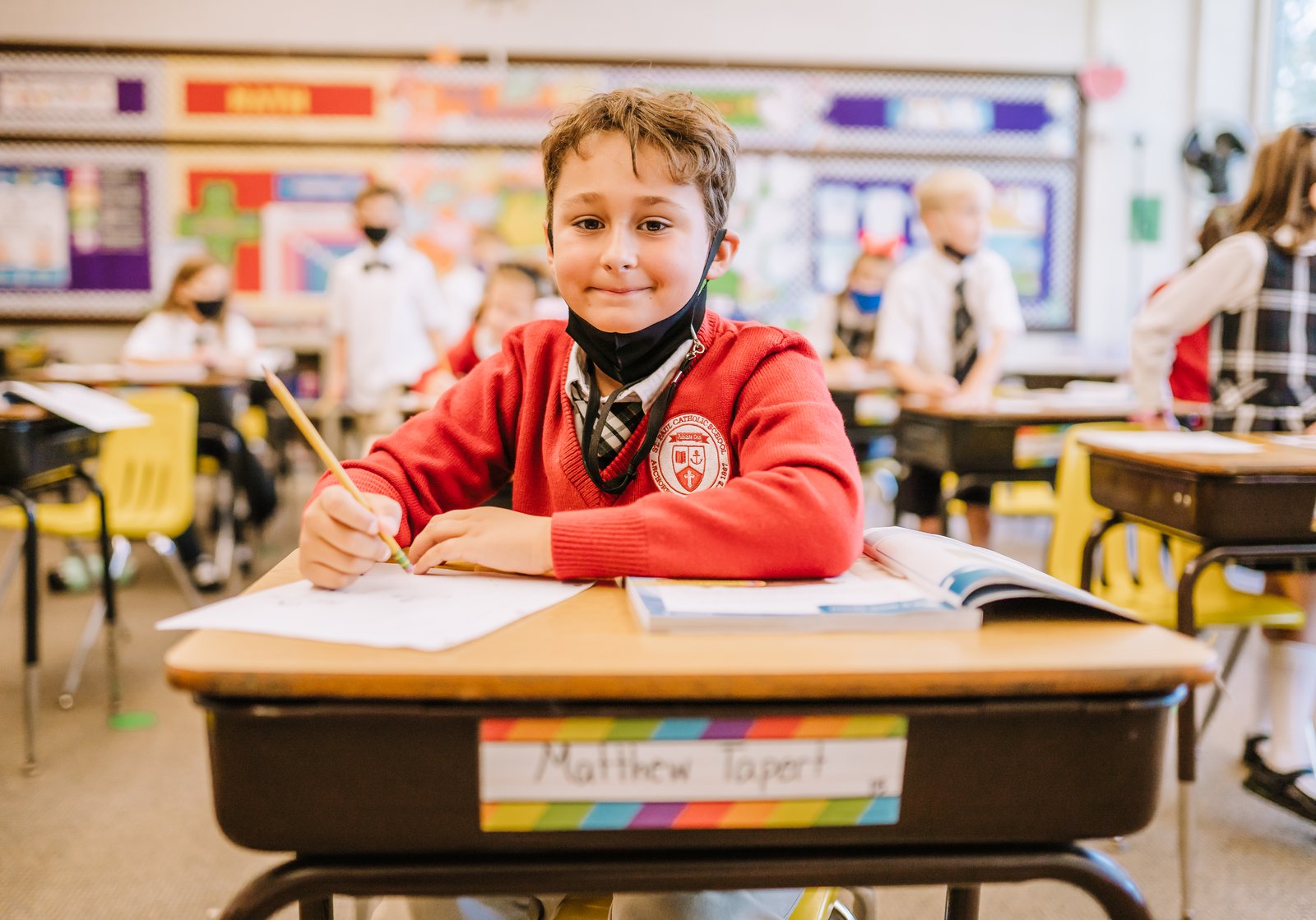
The Archdiocese of Detroit schools increased reading proficiency by six points from the 2020-21 academic year to the 59th percentile and increased five points in math proficiency to the 64th percentile closing 2021-22.
“These marks are based on percentile rank, which are nationally normed scores,” said May Bluestein, Ph.D., assistant superintendent for curriculum, instruction and assessment in the Office of Catholic Schools. “A normed percentile rank helps us understand how our students are learning in comparison to their academic peers. Ending with a 64 in math, for example, indicates that our children are performing better than 64 percent of their academic peers across the nation."
Bluestein said the biggest factor her office noticed was the continued improvement in Star assessments from year to year, with assessments taking place three times a year in the fall, winter and spring.
Furthermore, Bluestein added, the Star assessments show archdiocesan schools have better marks compared to public schools that did remote learning longer than the Catholic schools.
“Anecdotally, the shift from remote learning to instruction in the classroom didn’t seem as abrupt a shift because we weren’t doing remote learning as long as our public-school counterparts; that’s why the decline isn’t as apparent in our schools in comparison,” Bluestein said.
Bluestein said it is a credit to the teachers and principals at the archdiocese’s Catholic schools for incorporating all of the new students from the public schools into the Catholic school community.
“The commitment of our teachers and principals is just amazing,” Bluestein said. “They are on the front lines of our schools, working day to day with our students and treating this job as more than just a job; it is a vocation where they bring their faith into practice, and that is the biggest difference in our schools”
Copy Permalink
Catholic schools


